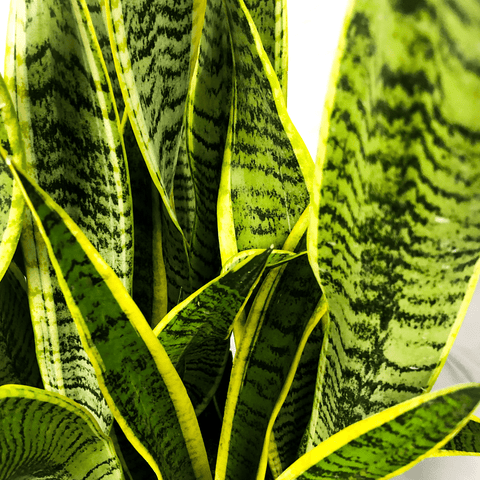The rustling of leaves and the crisp air are telltale signs that autumn is upon us. As the nights draw in and the temperatures begin to drop, it's time to consider bringing your outdoor plants inside to keep them safe during the colder months. Let's explore the best practices to ensure your plants transition smoothly and remain healthy during the fall and winter.
Why Bring Plants Indoors?
Many plants, mainly tropical varieties, must be equipped to handle the harsh winter conditions. Cold temperatures and frost can damage or even kill these plants. Bringing them indoors helps to:
1. Protect from frost: A brief exposure to frost can damage some plants.
2. Shield from pests: Many pests seek shelter from cold weather, making outdoor plants vulnerable during fall.
Steps to Transition Plants Indoors
1. Inspect for Pests: Before moving your plants, closely inspect them for signs of pests like aphids, spider mites, and mealybugs. You would want to avoid introducing these nuisances to your indoor plants.
2. Gradual Acclimatization: Just as you ease your plants into the outdoor environment in the spring, it's essential to reverse the process in the fall. Begin by moving them to a shaded area for a week or two. This will help them adjust to the reduced light levels they'll experience indoors.
3. Prune and Clean: Trim any dead or yellowing leaves. This helps the plant's appearance and overall health, ensuring the plant doesn't waste energy on parts no longer thriving.
4. Choose the Right Indoor Spot: Most plants prefer a location with bright, indirect light. Ensure the space is free from cold drafts and not too close to radiators or heating vents.
5. Adjust Watering Routine: Typically, plants require less water indoors during winter as their growth slows. Monitor the soil and adjust your watering routine as necessary.
6. Maintain humidity: The indoor air can dry during the colder months, especially with heating systems running. Consider placing a humidifier near your plants or on a tray filled with water and pebbles to increase the humidity around them.
Conclusion
Transitioning your plants indoors for the fall and winter doesn't have to be daunting. Following the abovementioned steps and being mindful of your plants' needs, you can ensure they remain healthy and vibrant throughout the colder months. Here's to a cozy winter surrounded by greenery!





Comments (0)
There are no comments for this article. Be the first one to leave a message!